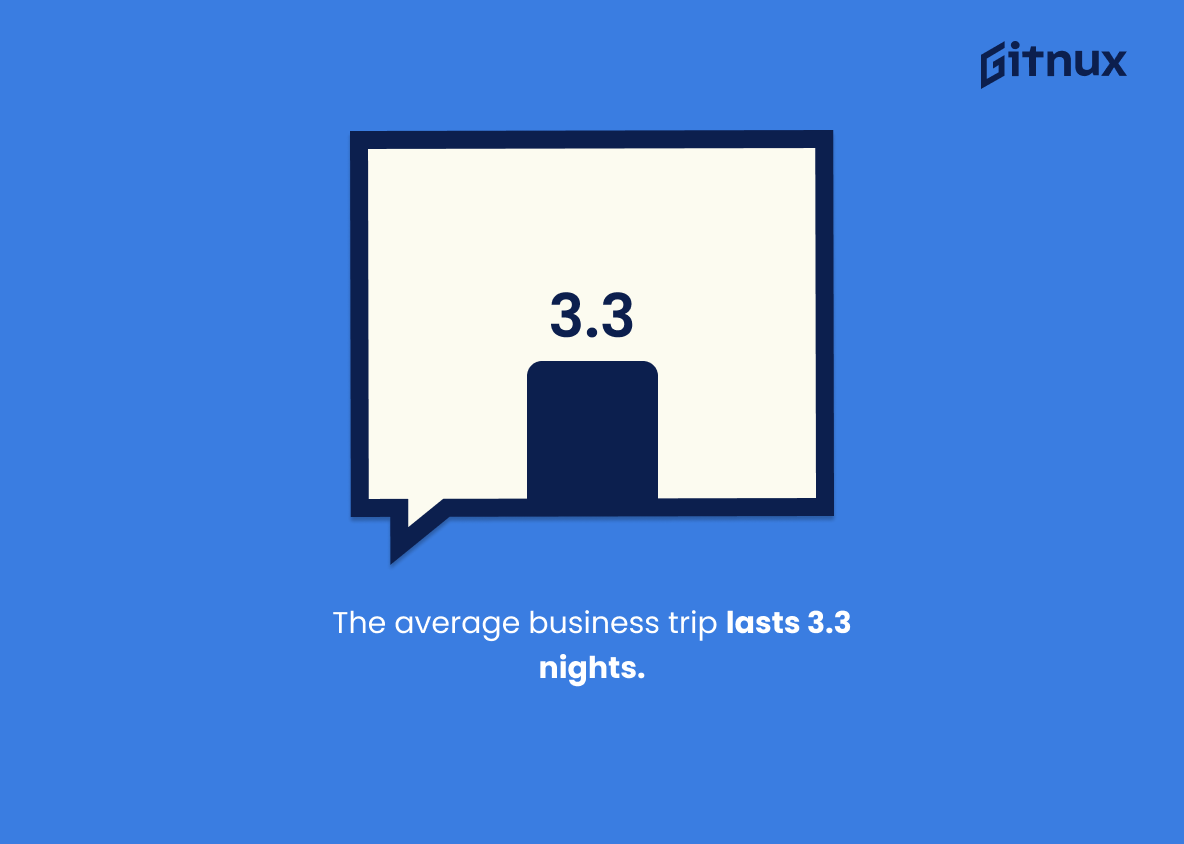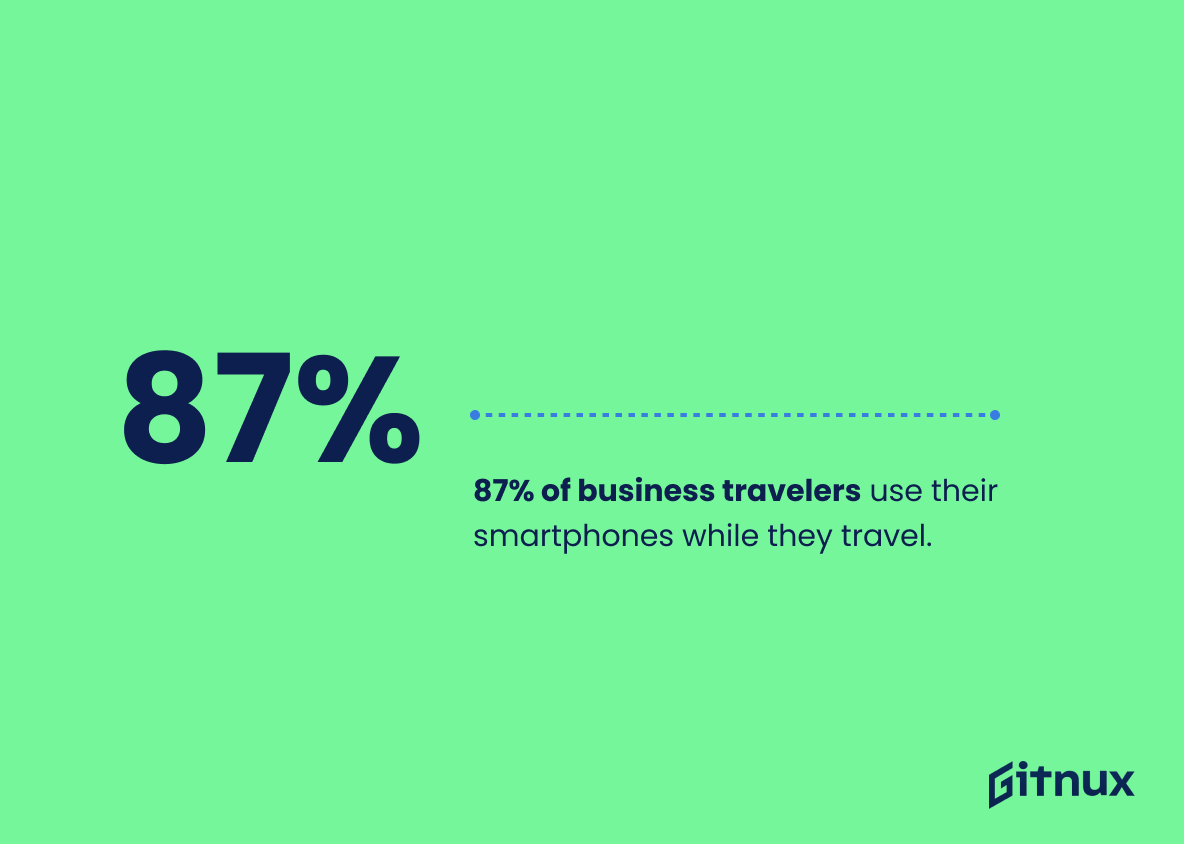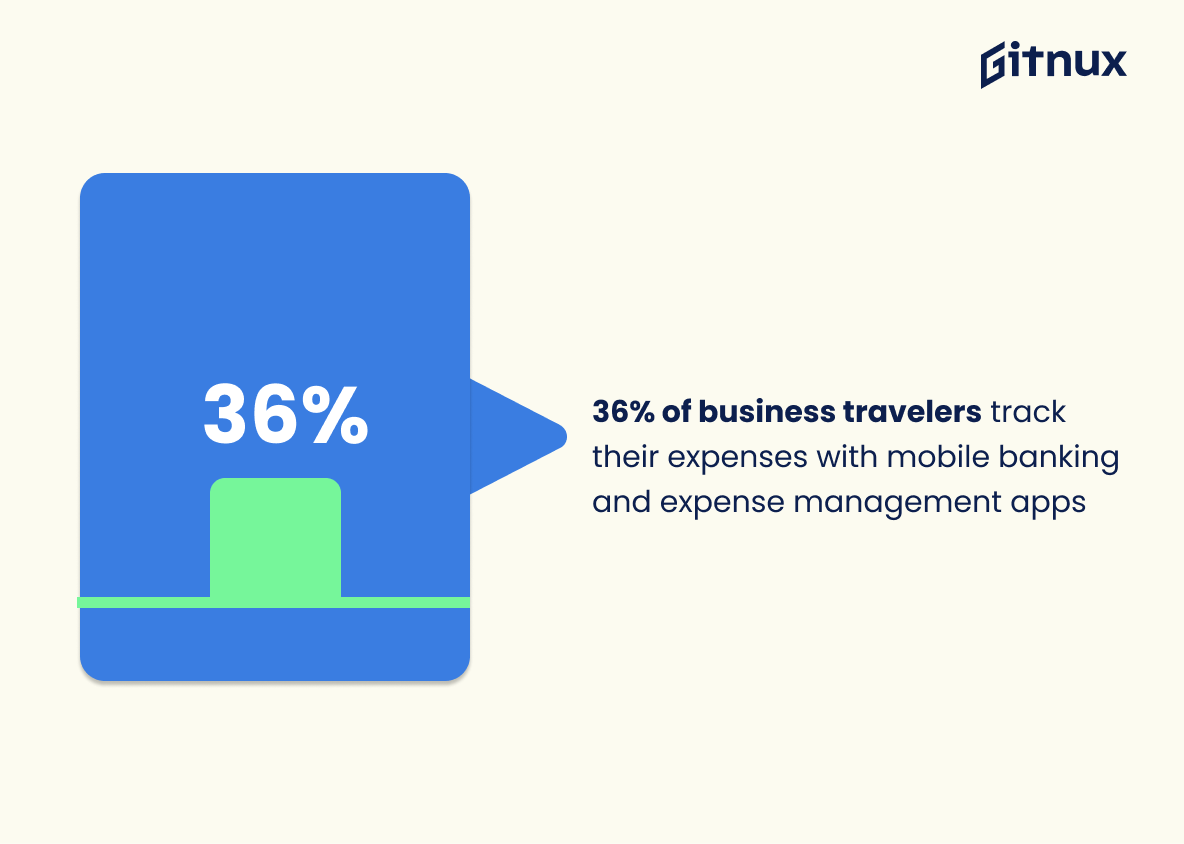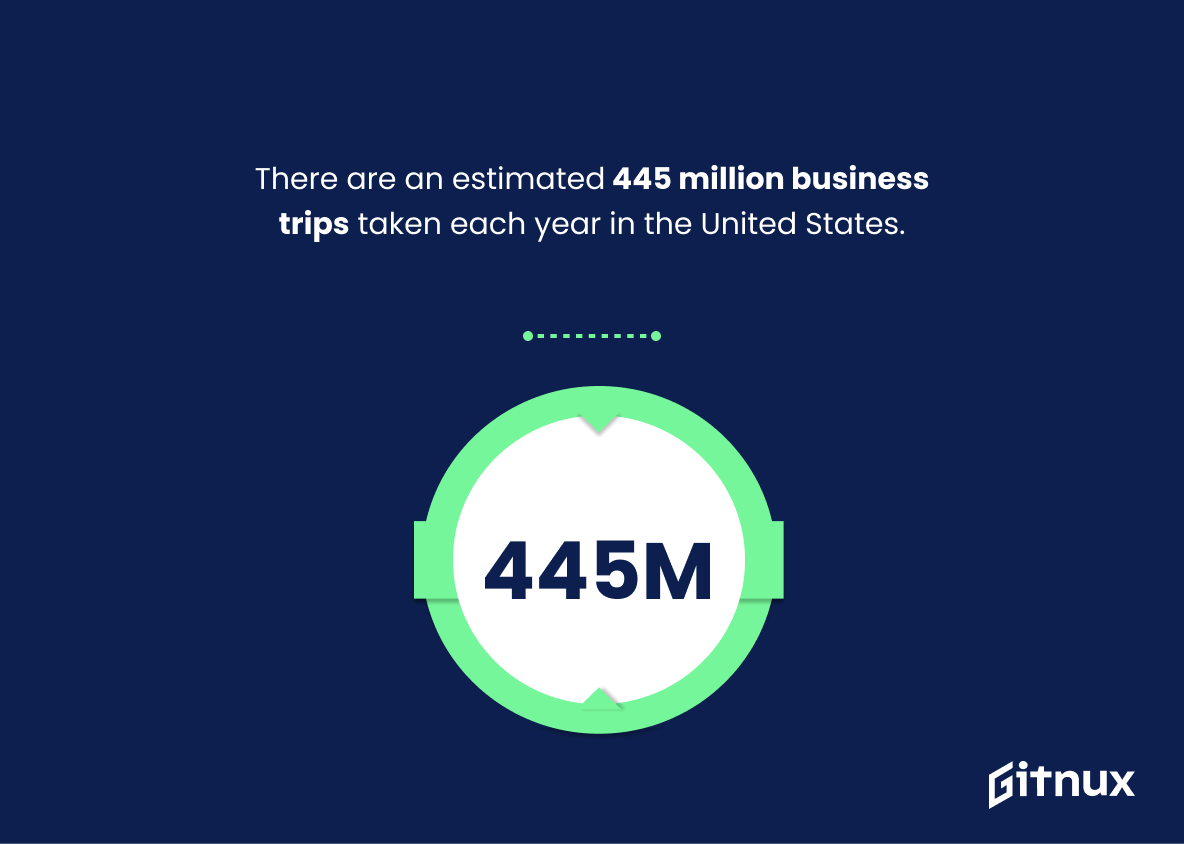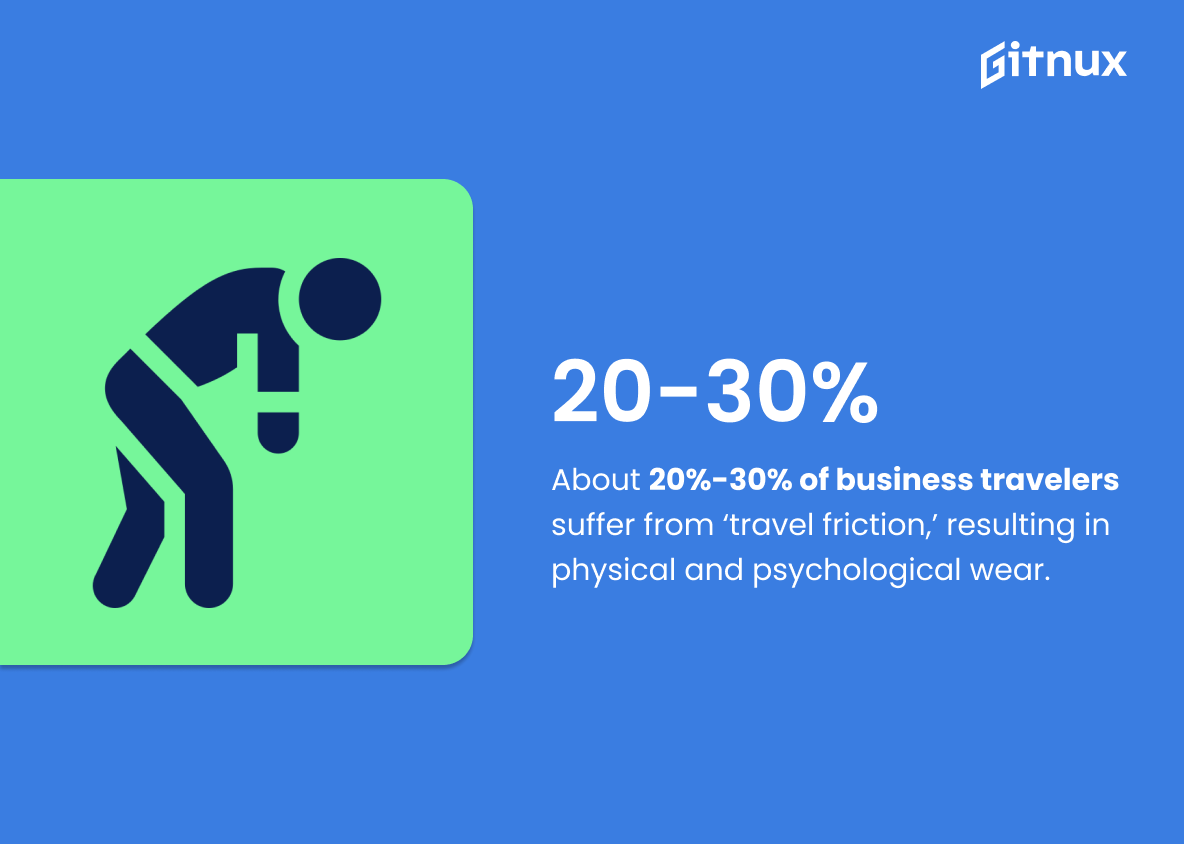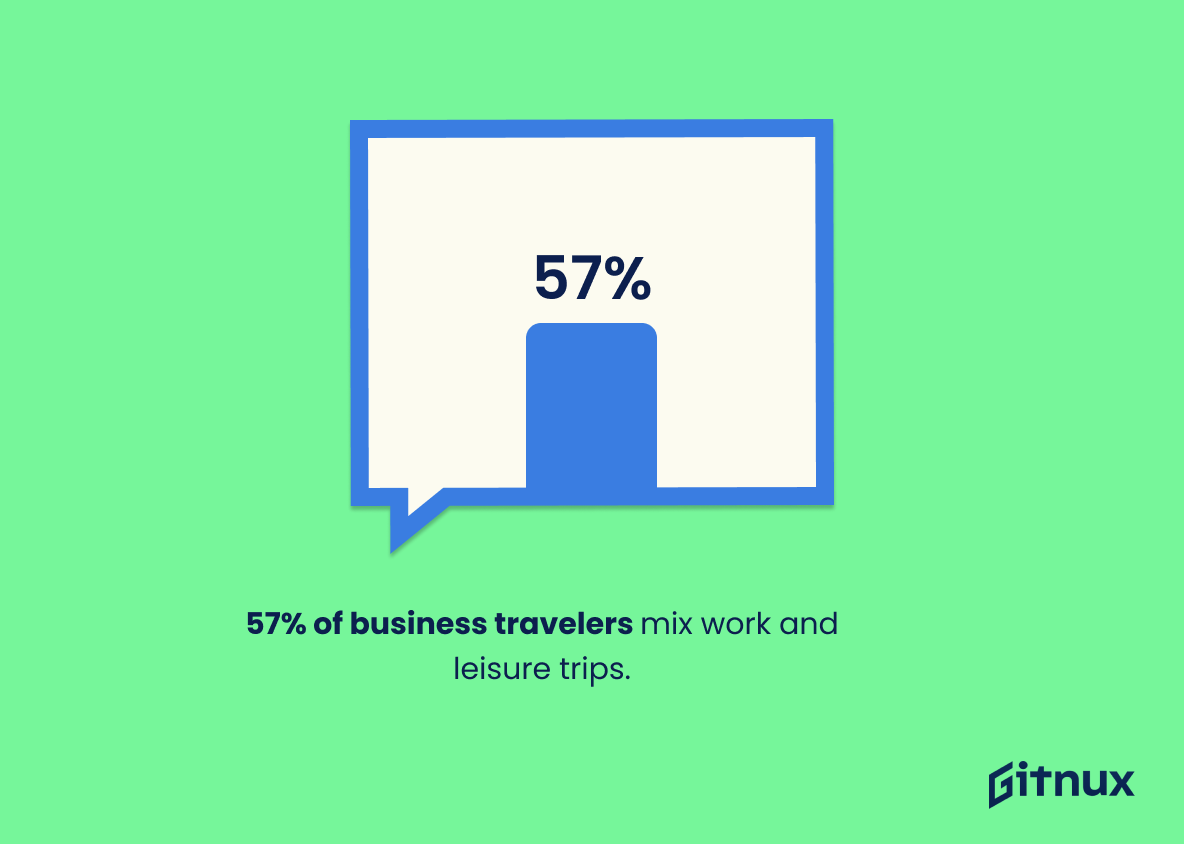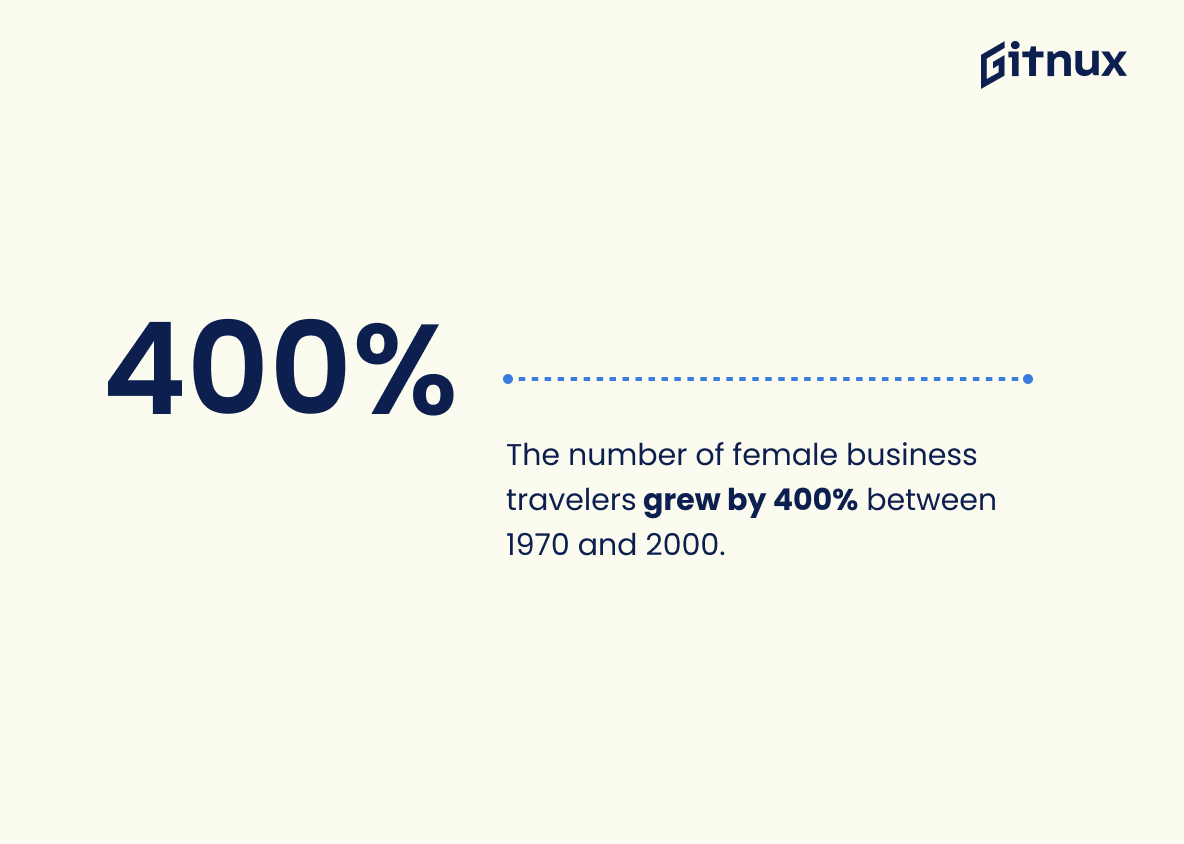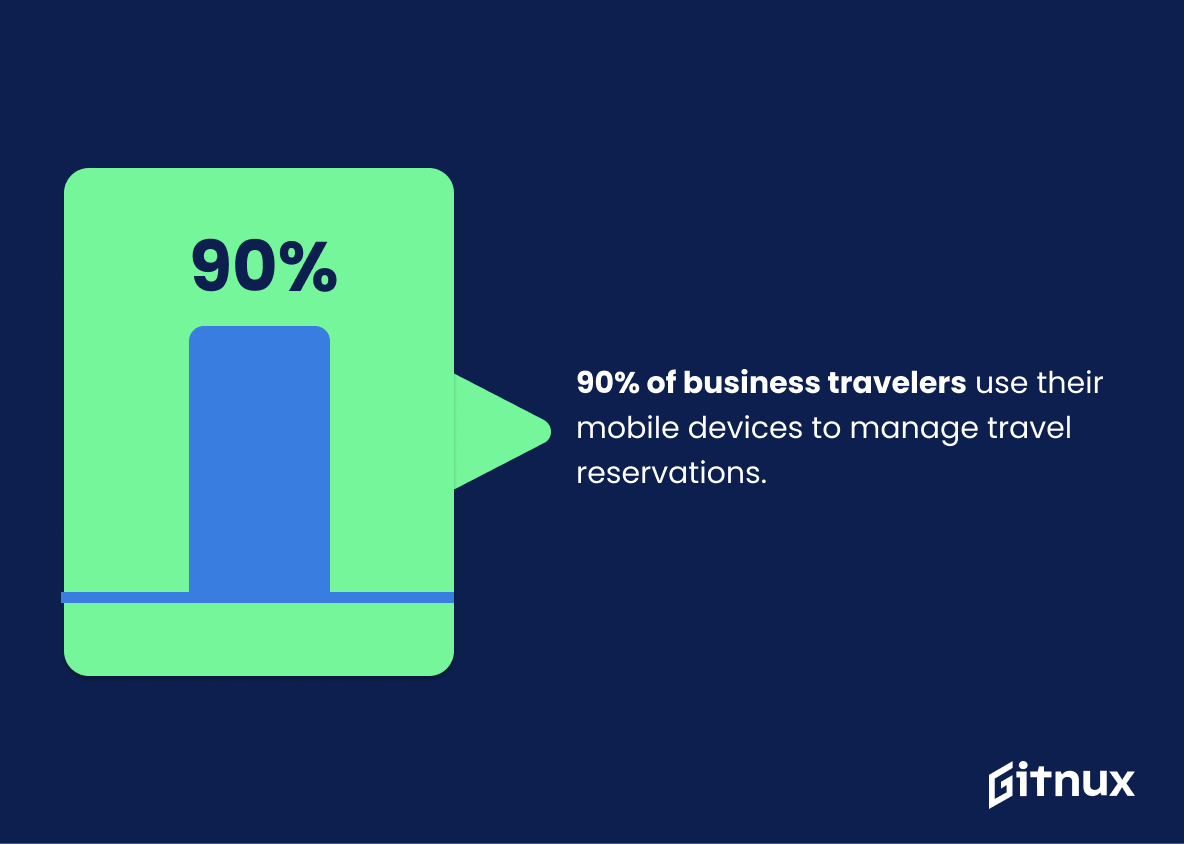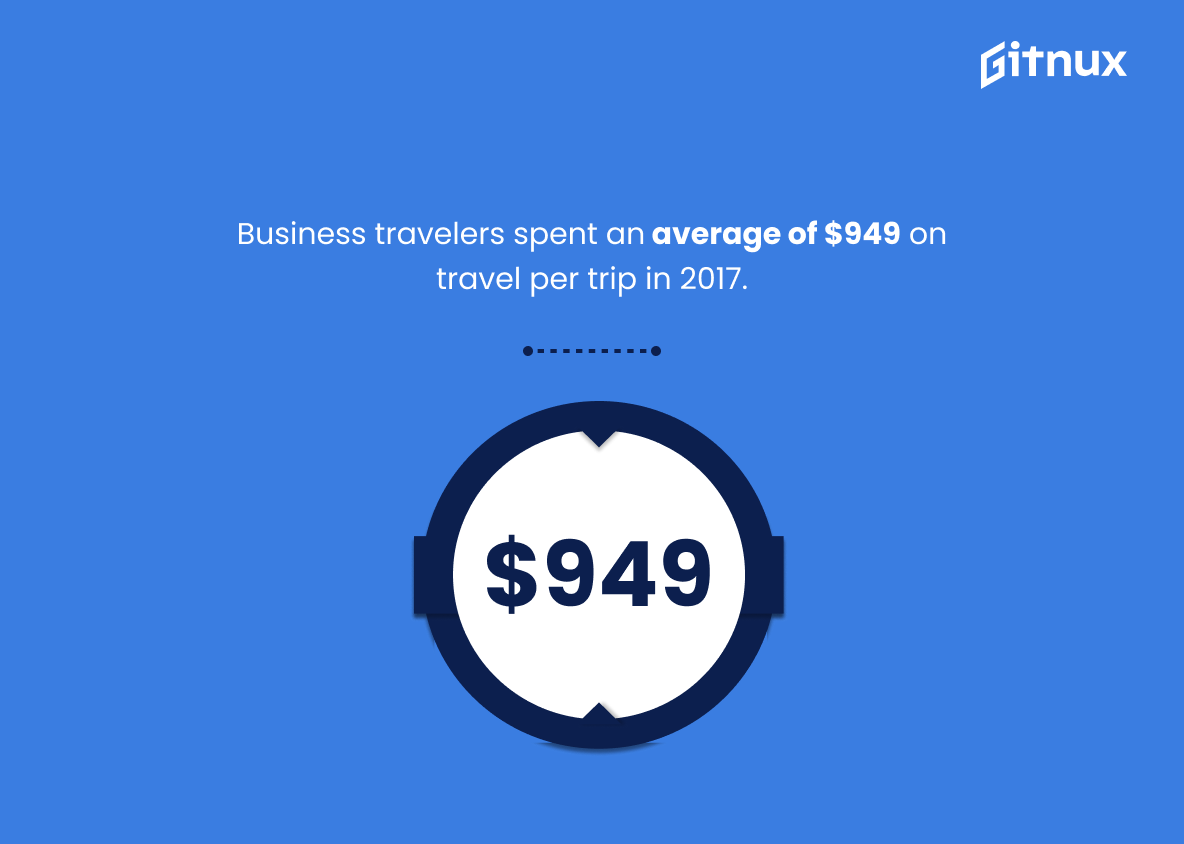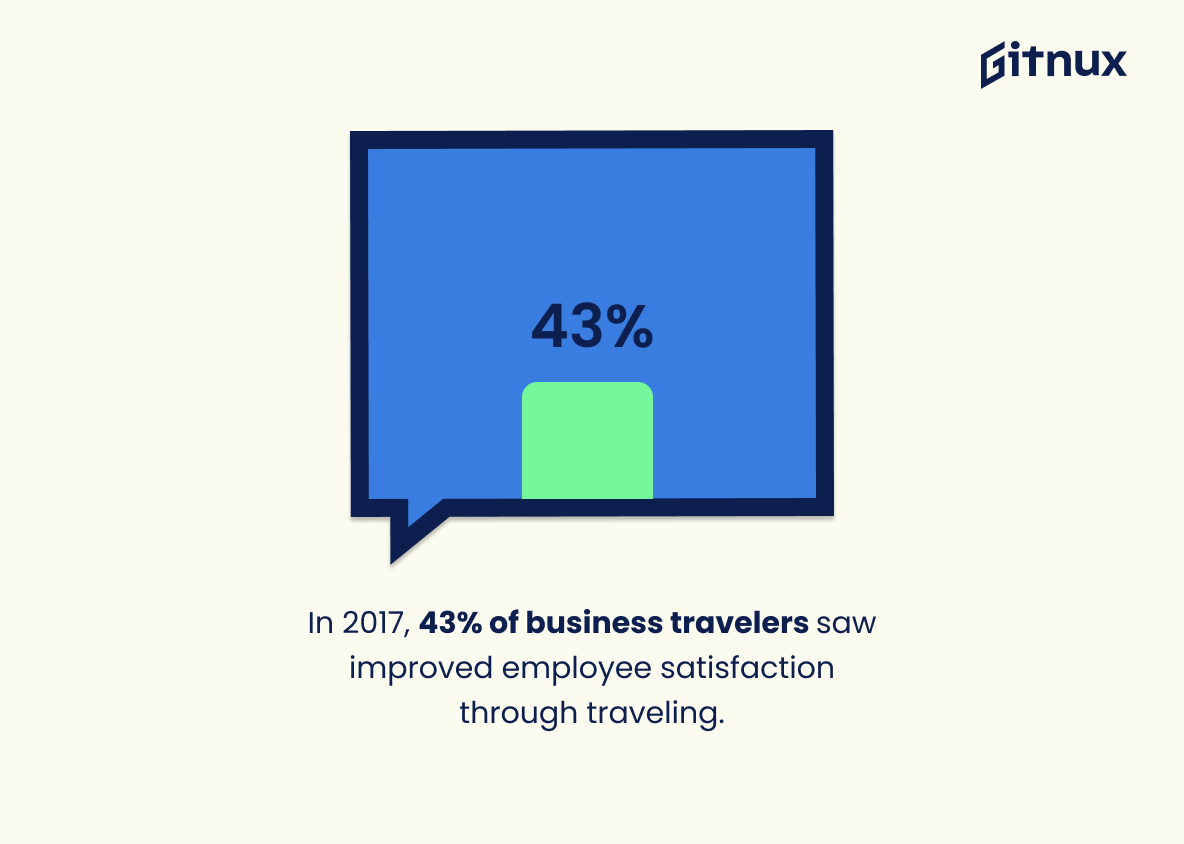Business travel has become an integral part of many companies’ operations, and the statistics surrounding it are fascinating. From global spending to employee satisfaction, business travelers have a significant impact on the economy. In this blog post, we will explore 20 interesting facts about business travel that provide insight into how people use their time away from home for work-related purposes. We’ll look at data related to spending habits, health and wellness considerations, mobile device usage trends, gender disparities in traveling for work purposes and more. So let’s dive right in – here are 20 eye-opening stats about business travelers around the world.
This statistic is a testament to the immense potential of the business travel industry. It shows that the sector is growing rapidly and is expected to continue to do so in the coming years. This is an important indicator for businesses looking to invest in business travel, as it demonstrates the potential for growth and profitability. Furthermore, it provides insight into the trends and patterns of business travel, which can be used to inform decisions and strategies.
In 2019, China ($413 billion) and the United States ($327 billion) were the two countries with the largest business travel spending.
This statistic is a telling indication of the importance of business travel in the global economy. It highlights the fact that China and the United States are the two countries with the highest spending on business travel, demonstrating the significance of this activity in both countries. This statistic is especially relevant to a blog post about business travelers statistics, as it provides a clear picture of the current state of business travel and its impact on the global economy.
Business Travelers Statistics Overview
Up to 50% of business travelers extend their trips for leisure purposes.
This statistic is a telling indication of the fact that business travelers are not just focused on their work, but also on taking the opportunity to explore and enjoy the places they visit. It speaks to the idea that business travel can be a rewarding experience, and that it can be a great way to combine work and leisure.
The average business trip lasts 3.3 nights.
This statistic is an important indicator of the amount of time business travelers are away from home. It provides insight into the amount of time they are away from their families, the amount of time they are away from their work, and the amount of time they are away from their regular routines. Knowing the average length of a business trip can help business travelers plan accordingly and make the most of their time away.
87% of business travelers use their smartphones while they travel.
This statistic is a powerful indicator of the changing landscape of business travel. It shows that the majority of business travelers are now relying on their smartphones to stay connected and organized while on the go. This is an important insight for businesses to consider when planning their travel strategies, as it suggests that mobile technology is becoming increasingly important for business travelers.
36% of business travelers use mobile banking and expense management apps to track their travel expenses.
This statistic is a telling indication of the changing landscape of business travel. It shows that a large portion of business travelers are taking advantage of the convenience and efficiency of mobile banking and expense management apps to keep track of their travel expenses. This is a clear sign that business travelers are embracing the digital age and taking advantage of the latest technology to make their travel experience smoother and more efficient.
There are an estimated 445 million business trips taken each year in the United States.
This statistic is a testament to the sheer number of business trips taken each year in the United States. It speaks to the importance of business travel in the US economy, and the impact it has on the lives of those who take these trips. It also highlights the need for businesses to ensure their travelers are safe and secure while on the road.
About 20%-30% of business travelers suffer from ‘travel friction,’ resulting in physical and psychological wear.
This statistic is a stark reminder of the toll that business travel can take on a person’s physical and mental health. It highlights the importance of taking steps to reduce the amount of ‘travel friction’ experienced by business travelers, such as providing adequate rest and relaxation opportunities during trips. It also serves as a reminder that employers should be mindful of the impact that business travel can have on their employees and take steps to ensure that their employees are able to travel safely and comfortably.
57% of business travelers mix work and leisure trips.
This statistic is a telling indication of the modern business traveler’s lifestyle. It speaks to the fact that many business travelers are no longer content to simply go from point A to point B for work; they are looking to make the most of their trips by combining work and leisure. This statistic is a reflection of the changing landscape of business travel, and it is an important one to consider when discussing the habits and preferences of business travelers.
The number of female business travelers grew by 400% between 1970 and 2000.
This statistic is a testament to the increasing number of female business travelers over the past three decades. It speaks to the growing presence of women in the business world, and the increasing opportunities available to them. It also highlights the importance of providing equal access to business travel for both genders, and the need for businesses to recognize the value of female business travelers.
90% of business travelers use their mobile devices to manage travel reservations.
This statistic is a powerful indicator of the changing landscape of business travel. It shows that the majority of business travelers are taking advantage of the convenience and efficiency of mobile devices to manage their travel reservations. This speaks to the importance of mobile technology in the business travel industry, and how it is becoming increasingly essential for travelers to stay organized and on top of their travel plans.
Business travelers spent an average of $949 on travel per trip in 2017.
This statistic is a telling indication of the amount of money that business travelers are willing to invest in their trips. It speaks to the importance of business travel and the resources that companies are willing to allocate to ensure their employees have the best possible experience. It also provides insight into the overall cost of business travel and the potential savings that can be achieved through careful planning and budgeting.
20% of business travelers think they will travel less after the COVID-19 pandemic passes.
This statistic is a telling indication of the impact the COVID-19 pandemic has had on business travel. It shows that even after the pandemic passes, many business travelers are likely to be more cautious about their travel plans, which could have a significant effect on the business travel industry. This statistic is an important reminder of the need for businesses to be prepared for a potential decrease in business travel in the future.
In 2017, 43% of business travelers saw improved employee satisfaction through traveling.
This statistic is a powerful indicator of the positive impact business travel can have on employee satisfaction. It shows that when employees are given the opportunity to travel for work, it can have a positive effect on their overall job satisfaction. This is an important statistic to consider when discussing the benefits of business travel, as it demonstrates that it can be a valuable tool for improving employee morale.
Conclusion
The statistics presented in this blog post demonstrate the importance of business travel and its impact on work performance, global spending, country-specific trends, leisure activities associated with it, average trip duration and smartphone usage. It also highlights how travelers are increasingly looking for ways to optimize their health and wellness while traveling as well as simplify booking processes. Furthermore, there has been a significant increase in female business travelers over the past few decades along with an increased use of mobile banking apps to track expenses. However due to the COVID-19 pandemic there has been a drastic decline in U.S business travel market revenue which is threatening millions of jobs worldwide.
References
0. – https://www.statista.com
1. – https://www.travelperk.com
2. – https://www.airport-technology.com
3. – https://www.cep-research.com
4. – https://www.intelligentcio.com
5. – https://www.frequentbusinesstraveler.com
6. – https://www.certify.com
7. – https://www.ceotodaymagazine.com
8. – https://www.mobileappdaily.com
9. – https://www.egencia.com
10. – https://www.limoboulder.com
11. – https://www.businesswire.com

